NEW DELHI—Sri Lankan rice paddy fields this season became the setting for a geopolitical soft war between India and China as the island nation found that samples of fertilizer imported from China were highly contaminated and hastily requested that India import a replacement.
This turn to organic farming has been a topic of debate in the country’s media and politics. It has also brought Sri Lanka into an unexpected fiasco with China, which is investing in the country’s multibillion-dollar port projects and offering it other grants, loans, and freebies.
The trouble in the Sri Lanka–China kinship began when the Department of Agriculture in Colombo found organic fertilizer samples supplied by Qingdao Seawin Biotech Group Co., Ltd., in August to be highly contaminated with several harmful bacterial species, according to various Sri Lankan media sources.
Sri Lanka rejected the import of the contaminated shipment from Qingdao Seawin Biotech Co. Ltd. on Sept. 29. Despite the ban, the Chinese are trying to pressure the Sri Lankan government for a third sample test from the same company, a person investigating the matter in Colombo told The Epoch Times.
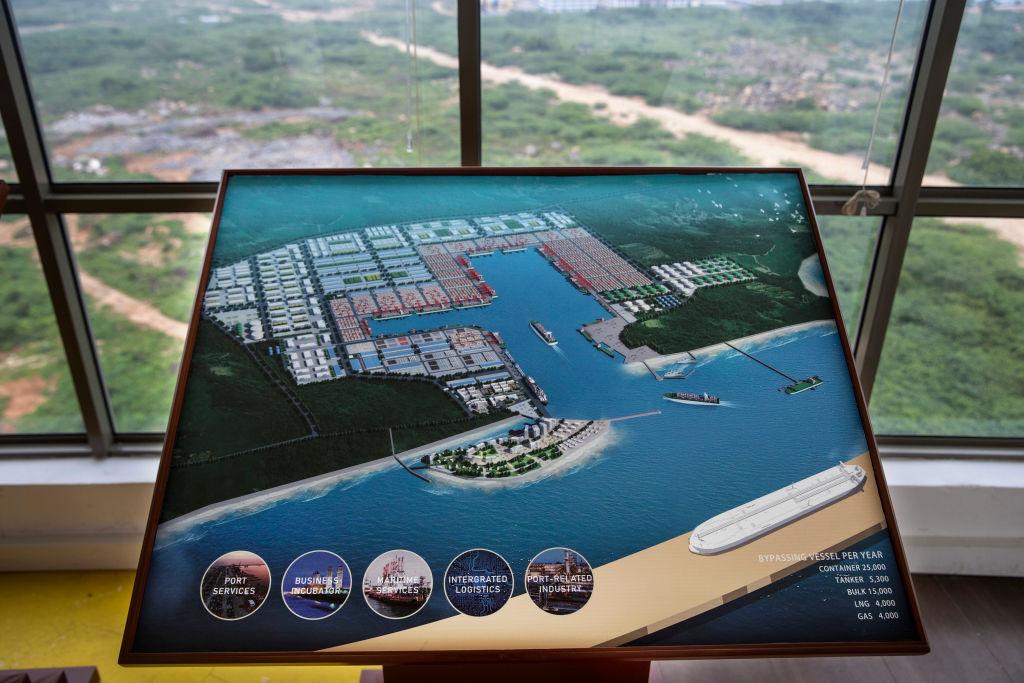
Fertilizer and Politics
Sri Lankan President Gotabaya Rajapaksa came to power after promising subsidies on foreign fertilizer. In his election manifesto (pdf), he spoke about organic farming under “a revolution in the use of fertilizer” and gave a detailed 10-year plan.The issue of agrochemicals contributing to the nation’s health woes has been a topic of fierce debate—27 percent of Sri Lanka’s economically active population engages in agriculture production and related industries.
“The reasons for elevated CKD [chronic kidney disease] cases in rural farming communities remains inconclusive. Some believe that excessive and improper use (or misuse) and elevated exposure to fertilizers and agrochemicals might be a contributing factor to chronic kidney disease,” the USDA stated.
Sri Lanka was to import 99,000 metric tons of organic fertilizers from China at the cost of $63 million before scientists on Sept. 17 found the Chinese consignment to be contaminated.
“When we tested the fertilizer samples sent by the Chinese supplier, we found in them bacteria that is harmful to the soil,” Sri Lankan Agriculture Minister Mahindananda Aluthgamage said in a statement.
Media reports said that two kinds of pathogens were detected, and the fertilizer would have led to an ecological disaster if imported. Some reports mention the presence of a bacteria called Erwinia.
Questions were raised about whether the first samples had been tampered with, and the country’s director-general of agriculture tested a second sample, which also was found to be contaminated.
The National Plant Quarantine Service disagreed with the Chinese Embassy’s claims and said that the samples have been tested several times.
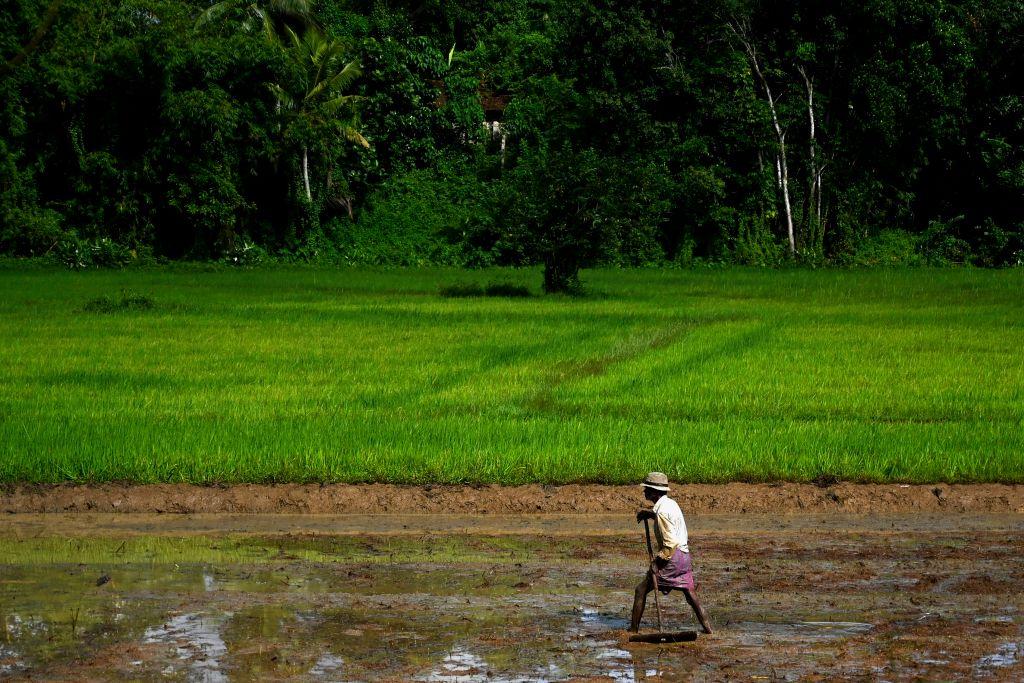
Import From India
In desperation, as the time for fertilizing paddies was running out, Sri Lankan officials decided to import 3.1 million liters of nano nitrogen liquid fertilizer, or nano urea, from India on Oct. 19 at a cost of $44.6 million (9 billion Sri Lankan rupees).Across Indian media, India is said to be a more reliable partner for Sri Lanka than China.
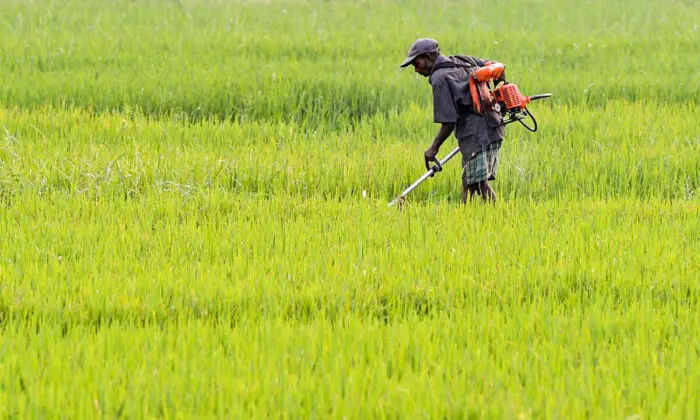

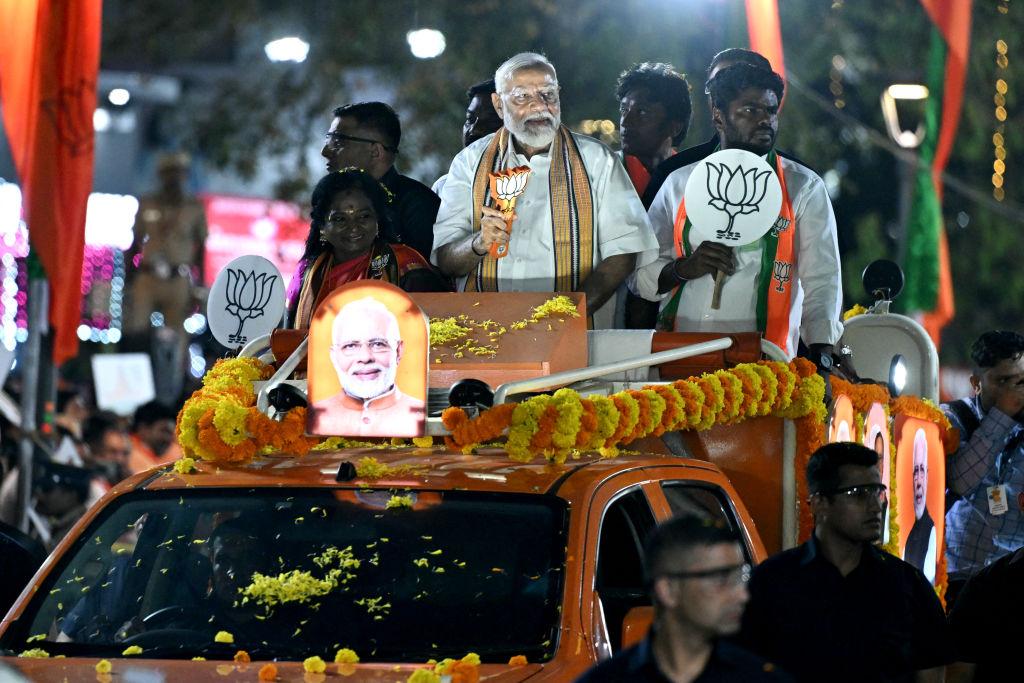
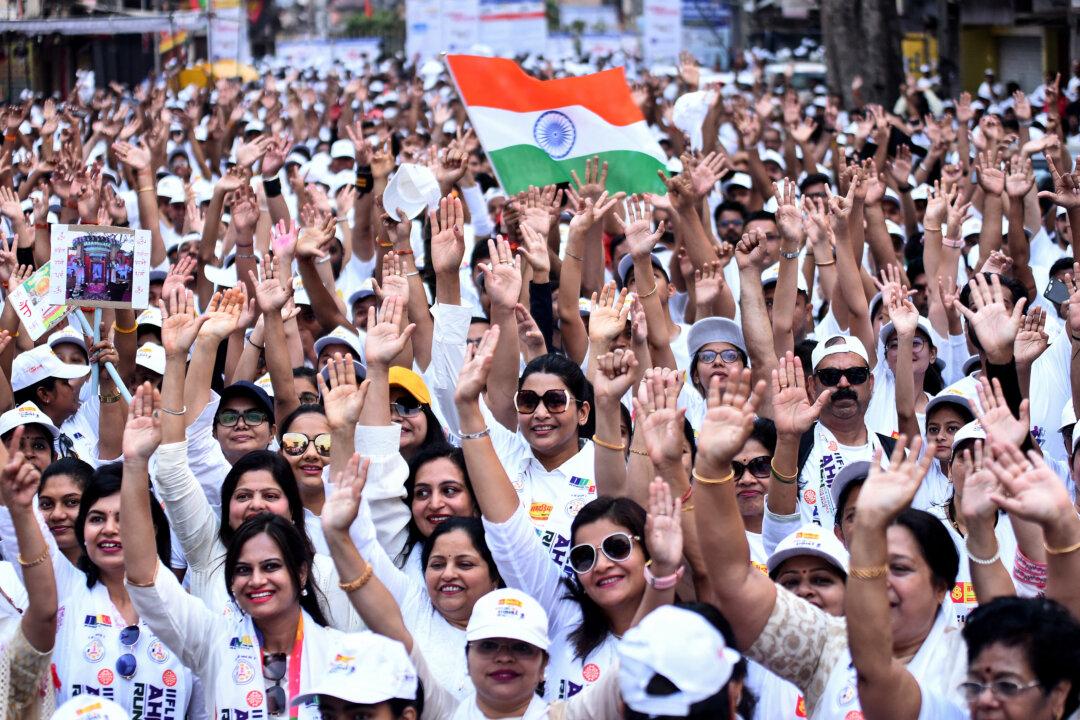
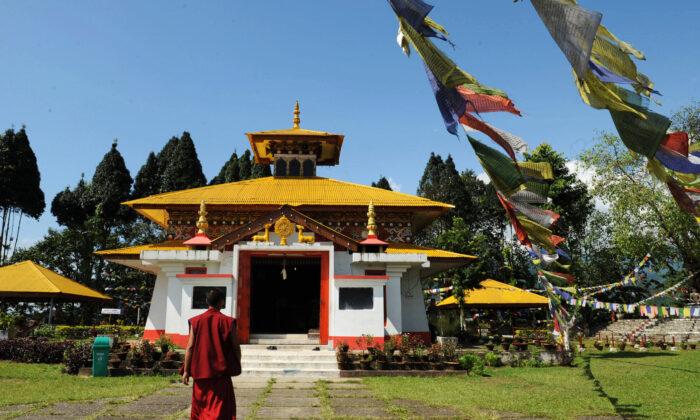
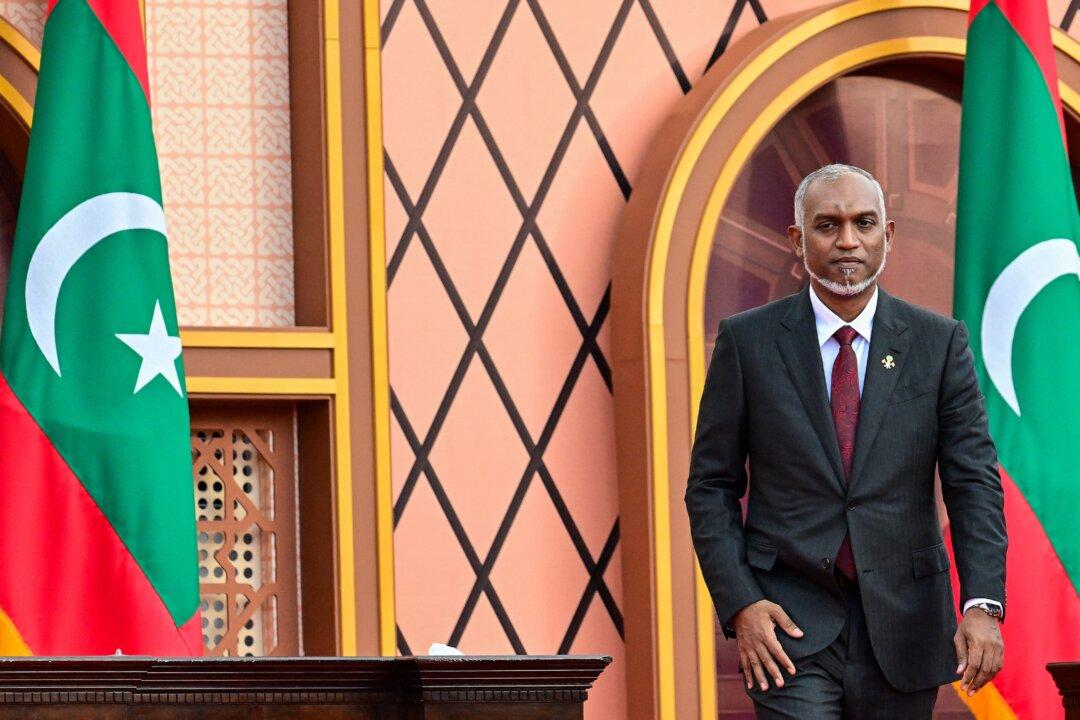
Friends Read Free